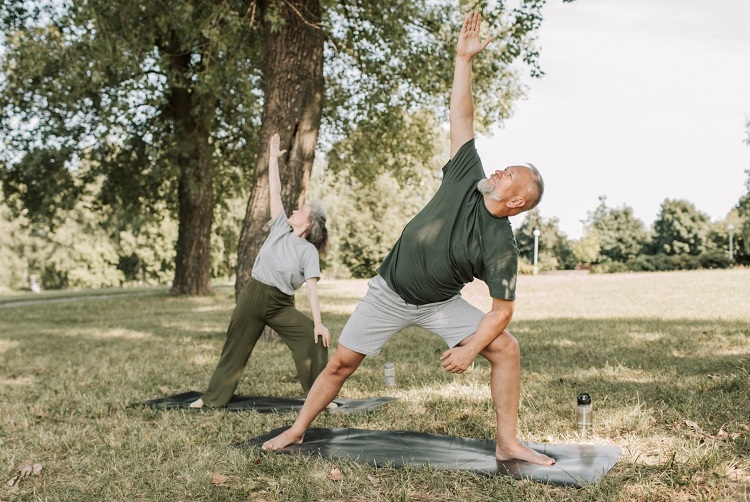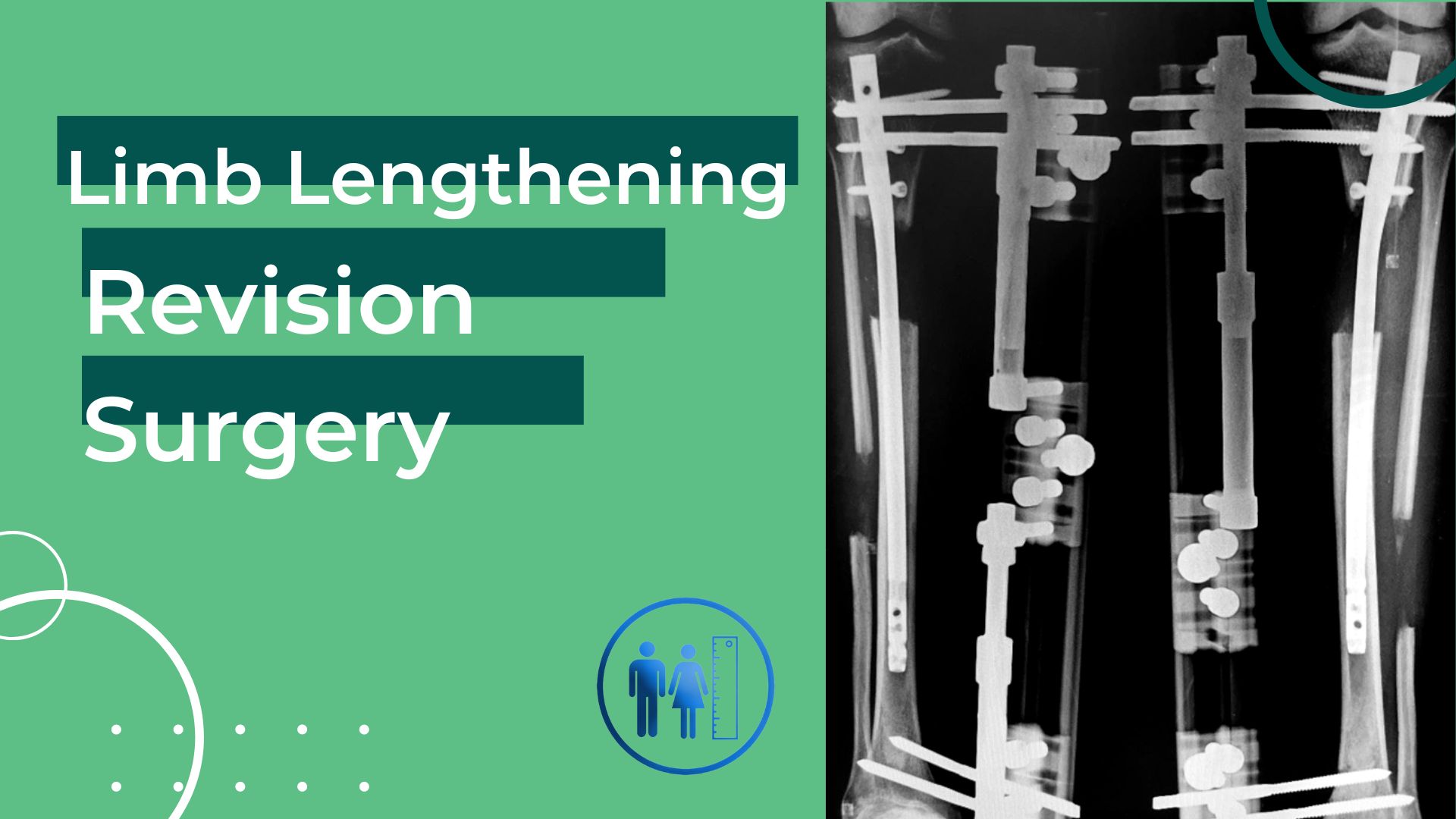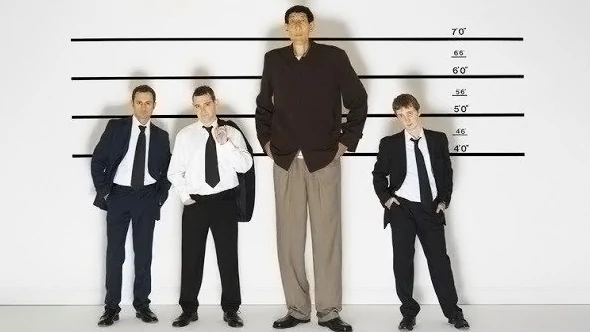
Live
Support AI
Do People Really Shrink with Age?
As a natural process of human life, many changes occur in our bodies as we age. One of these changes is that our height becomes shorter over time. As we get older, changes in the discs of our spine, bone density and muscle strength can cause our height to decrease. This process is influenced by both genetic factors and our lifestyle choices. Factors such as a healthy diet, regular exercise and maintaining posture can play an important role in reducing the effects of height loss. This is exactly why people who want to grow taller are advised to do exercises that help correct posture. Since it is not possible to grow taller naturally after puberty, some exercises can be focused on posture correction. This helps the person appear approximately 1cm taller because he or she will have a more upright posture. But of course, it is not enough to have a tall height. Moreover, our height begins to shorten slightly as we get older. In this article, we will discuss the answer to the question of why our height decreases as we age and the scientific mechanisms underlying these changes and their possible effects. If you wish, you can also examine unknown details about height by accessing our other related articles from the links we have added below.
- How Can I Increase My Leg Length after 25?
- What is the Limb Lengthening Surgery?
- Does Vitamin Deficiency Affect Height Growth?
- Causes of Short Stature
At What Age Does Height Start to Decrease?
 Although we have some information about height shortening as we get older, it is not possible to give clear answers. However, as far as current research shows, people's height generally begins to decrease gradually starting from their 30s or 40s. However, of course, this process varies from person to person and is not even seen in some people.
Although we have some information about height shortening as we get older, it is not possible to give clear answers. However, as far as current research shows, people's height generally begins to decrease gradually starting from their 30s or 40s. However, of course, this process varies from person to person and is not even seen in some people.
There are several main reasons behind this age-related shortening in height. First, the discs between our spines lose water and become thinner as we age. This reduces the overall length of the spine, making us slightly shorter. Second, bone density decreases with age, which can lead to shortening of bones, especially in the spine and legs. Third, muscle mass and strength decrease, which can affect our posture and therefore make us appear shorter.
Lifestyle factors also play an important role in height reduction. Adequate calcium and vitamin D intake, regular physical activity and a healthy diet can slow age-related height loss by protecting bone health. Additionally, harmful habits such as smoking and excessive alcohol consumption can accelerate this process by negatively affecting bone density.
Finally, genetic factors may also affect height reduction. Individuals with a family history of age-related shortening of height may be more likely to experience a similar condition. Therefore, although it is not possible to completely prevent height shortening as we age, we can slow down this process with healthy lifestyle choices and keep our bodies as healthy as possible.
What to Do to Prevent Height Loss?
Healthy lifestyle choices have an important place among the measures that can be taken to prevent or minimize height shortening due to advancing age. Here are some suggestions that may help slow down this process:
- Adequate Calcium and Vitamin D Intake: Adequate calcium and vitamin D intake is vital for maintaining bone health. Calcium-rich foods such as dairy products, green leafy vegetables, nuts and seeds should be consumed. Sunlight is a natural source of vitamin D, but it may also be necessary to take vitamin D supplements.
- Regular Exercise: Regular physical activity, especially weight-bearing and muscle-strengthening exercises, helps maintain and increase bone density. Walking, running, dancing, yoga and pilates are among the activities that support bone health.
- Healthy Diet: A balanced and nutritious diet supports bone health as well as maintaining overall health. Pay attention to consuming foods rich in antioxidants, protein, vitamins, and minerals.
- Avoiding Smoking and Excessive Alcohol Consumption: Smoking and excessive alcohol consumption negatively affect bone density and increase the risk of osteoporosis.
- Pay Attention to Posture: Good posture ensures proper alignment of the spine and can help prevent shortening of height. Pay attention to the correct posture when sitting and walking.
- Regular Health Checks: Regular health check-ups should be conducted to assess the risk of osteoporosis and take necessary precautions when needed.
- Adequate Water Consumption: Getting enough water in the body can help keep discs healthy and maintain spinal flexibility. While these measures may not completely prevent shortening in height as we age, they can help slow down this process and improve overall bone health.
What to Do to Grow Taller?
 For every individual who has completed puberty, regardless of the circumstances, the question "what can be done to increase height?" remains the same. Unfortunately, there is no natural method to increase height. For individuals who have completed puberty, changes in their diet, exercise programs, medication or vitamin supplements do not help them grow taller. The main reason for this is that the growth plates in our body that allow us to grow taller close as of the end of puberty. Although adolescence varies from person to person, it ends approximately between the ages of 18 and 21, and people stop growing taller during this time period. If your puberty is over and you think you are short, the only available method is limb lengthening surgery. Lengthening surgery is a surgical operation performed by a specialist orthopedist. In this method, which requires a long and difficult recovery process, it is aimed for people to grow 5-8 cm on average with a single surgery. However, how many cm it is possible to grow and even whether the person is suitable for surgery is determined after medical examinations. Therefore, if you are considering lengthening surgery, our first advice is to consult a specialist doctor.
For every individual who has completed puberty, regardless of the circumstances, the question "what can be done to increase height?" remains the same. Unfortunately, there is no natural method to increase height. For individuals who have completed puberty, changes in their diet, exercise programs, medication or vitamin supplements do not help them grow taller. The main reason for this is that the growth plates in our body that allow us to grow taller close as of the end of puberty. Although adolescence varies from person to person, it ends approximately between the ages of 18 and 21, and people stop growing taller during this time period. If your puberty is over and you think you are short, the only available method is limb lengthening surgery. Lengthening surgery is a surgical operation performed by a specialist orthopedist. In this method, which requires a long and difficult recovery process, it is aimed for people to grow 5-8 cm on average with a single surgery. However, how many cm it is possible to grow and even whether the person is suitable for surgery is determined after medical examinations. Therefore, if you are considering lengthening surgery, our first advice is to consult a specialist doctor.
Our Patient in His 40s Who Had Limb Lengthening Surgery
.jpg-12.webp)
With the closure of growth plates, natural methods for increasing height are not possible. Therefore, limb lengthening surgery is sought for aesthetic and functional reasons. However, limb lengthening surgery is a complex surgical procedure that requires a high level of expertise and experience. Therefore, the choice of the surgeon performing the procedure is of great importance for the patient's health and post-operative satisfaction.
At Medzonia, our expert healthcare team provides uninterrupted and professional support to our patients during the pre-operative and post-operative periods.
For example, our 40-year-old Japanese patient faced various challenges in his social and professional life due to his short stature. Standing at 166 cm tall, our patient learned that this type of surgery was not performed in his own country and reached out to our company through online research. Through detailed discussions and evaluations with our patient, we determined the most suitable treatment plan for him.
Through two stages of limb lengthening surgeries, our patient's height was increased from 166 cm to 179 cm. This successful outcome led to positive changes in both our patient's social and professional life. You can find more details about our patient's transformation story on our website. For any other questions you may have, you can directly contact our patient representatives or follow us on our YouTube channel.
You will be informed about the lengthening increase, lengthening process, the prices of the surgical methods, the difference of the methods, the risks of the surgery.




